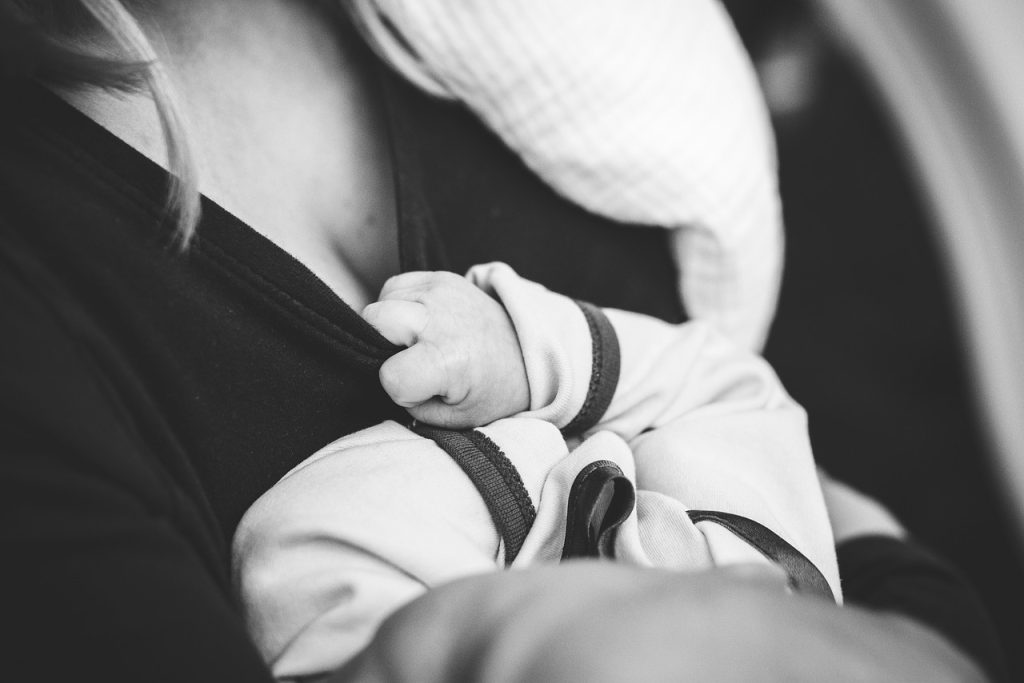Most people have heard of attachment parenting, if only in sensationalised form, also known as the Sears method. The idea is that an infant is kept as close its mother, or other caregiver, as possible by breastfeeding, using a sling, bed-sharing, responding sensitively to cries and, as the child grows, ensuring that any separation is child led as far as possible. It must be said that many parents follow some of these principles without defining themselves as attachment parents but when parents openly say they follow attachment parenting some childcarers start to panic.
There is no need to worry. Although the label might sound off-putting, by entering into a dialogue with parents about how they practice attachment parenting will help you understand and accommodate their child’s needs.
1. Breastfeeding
This is obviously a logistical problem when any breastfeeding mother goes back to work. Make sure you and your setting are supportive of continued breastfeeding; know the value of expressed breast milk and how to handle it, talk to the mother about feeding times and whether she would prefer you to feed the baby just before collection or her to feed on arrival/at home to fit in with her pumping schedule, and try attachment bottle feeding.
2. Using a sling
If a baby is accustomed to being held and soothed by their caregiver it’s very important to continue this in some way during the transition to childcare and the easiest way to do this is to use a sling. Slings are a very individual decision but try asking the parents for their input if you don’t have one of your own that fits you comfortably.
3. Bed-sharing
This is often the trickiest adjustment. It isn’t advised for anyone but breastfeeding mothers to bedshare with their infants so as a childcarer, potentially caring for other children at the same time, it’s not practical. Make the sleeping area as familiar as possible. Consider asking the parents to provide a pillowcase and blanket that they have slept with to provide a familiar smell and commit to stroking or patting the baby to replace the comforting contact of their mother’s body or suggest naps in the sling. Above all don’t judge the parents for continuing to bedshare at home – it’s valuable time for them to reconnect and may allow the mother to rest while breastfeeding a baby who refuses milk during the day.
4. Responding to cries
One of the key principles of attachment parenting is a belief that cries are genuine attempts to communicate and should not be ignored. As any attachment parent of two or more will tell you this doesn’t mean running at the first whimper if you have another child to attend to, but
it does mean responding and trying to figure out what is wrong rather than leaving a baby to cry it out, or seeing whether he will settle after a few minutes crying by himself.
5. Child-led separation
Attachment parents may request a longer settling in period to gradually accustom their child to you and your setting. Use this time to observe and learn how the parents and child interact so you can provide consistency. It doesn’t mean that they don’t trust you or are hanging around to be difficult!


